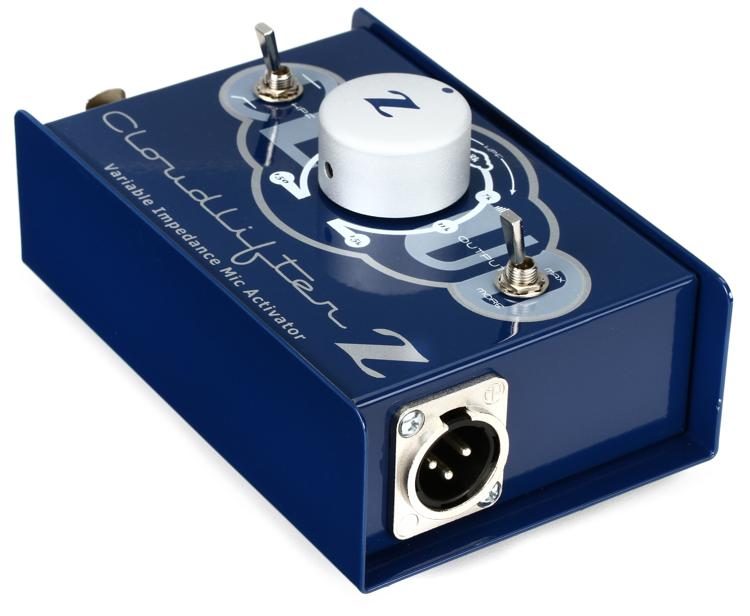The physics is getting mangled. The aim of any circuit is to get what is sent, intact at the point is is received. In the early 20th Century the aim was telephones - getting audio down telephone wires. They were doing it with telegraph technology and a variation of Morse code, and then needed audio. The history sort of set standards. Piezo AKA crystal mics were common as were crystal pickups for 33 and 45rpm records. These things were naturally very high impedance. Mr Ohm determined many of the properties of electrical transmision with others and we have impedance, resistance, capacitance and inductance components that impact the maths. The upshot is fairly simple. high impedance sources work fine into their amplifiers designed for high impedance sources, and what comes out of the record play pickup,crystal mic or even a guitar manages to get to the amp OK, as long as the cable is short. Make it longer and the addded capacitance makes a low pass filter - you have created a cable that reduces treble!
Drop the impedance down to 600 Ohms and feet before sound changes can be miles! Dave Rat did a great demo in his PA hire warehouse. He got a Shure 58 and kept adding every cable he had, saying one two and looking at the levels on a meter. He ran out of cables before the sound changed. The post office in the UK installed 600 Ohm lines for transmission between audio customers. Oddly, in the 60s, in the UK we had three audio impedances - 50K+, 600 and 25-50Ohms. You had a transformer to connect the mic to high impedance circuits. The only real snag with it was levels - low noise preamps were not that advanced then.
250-600Ohms are interchangeable in practice. High impedance mics were fine, quality wise, but they tended to be unbalanced. This combined with the short cable length meant the other impedance was better received and became universal. Hi-fi kit has remained firmly hi-Z and unbalanced. It works well and quality is not an issue.
Remember that these clever boxes never improve the audio quality, just change the matching between devices. If a manufacturer designs in a particular impedance for the connections, going away from it introduces signal loss and perhaps even early distortion as more gain is required to compensate for the loss in the cables. This is why I struggle with the resistance boxes. They improve the match, by throwing away output in the resistive network - so they claim better matching, but the destination device has to recover the lost gain. My thinking is that is NEVER a good idea.







